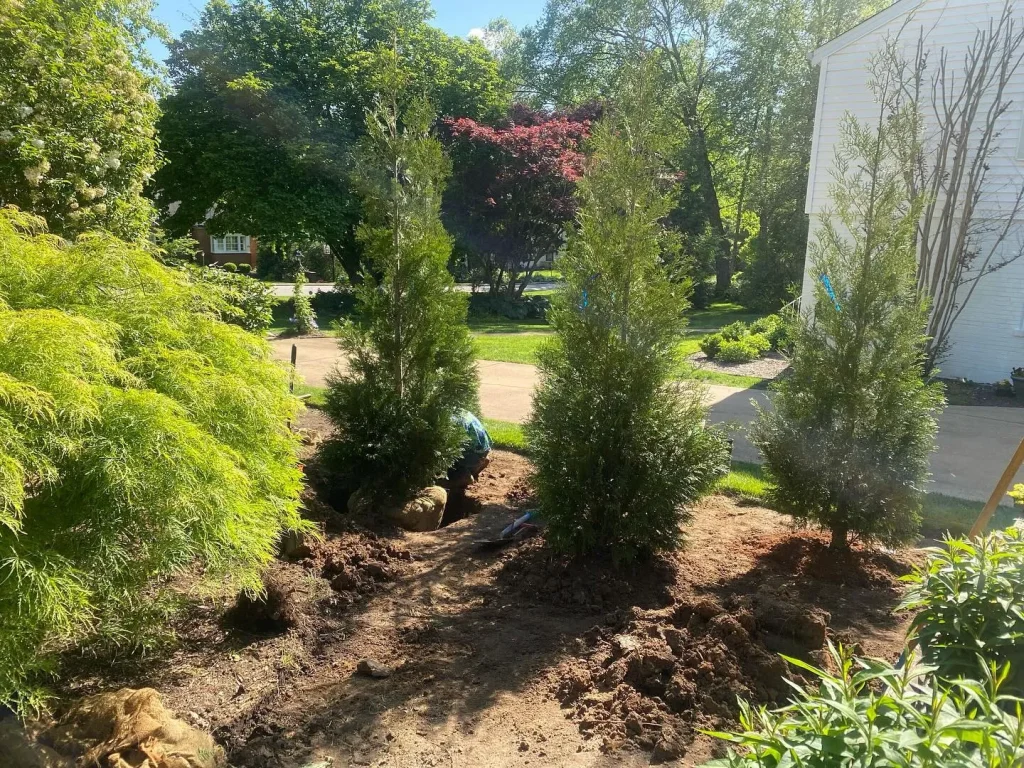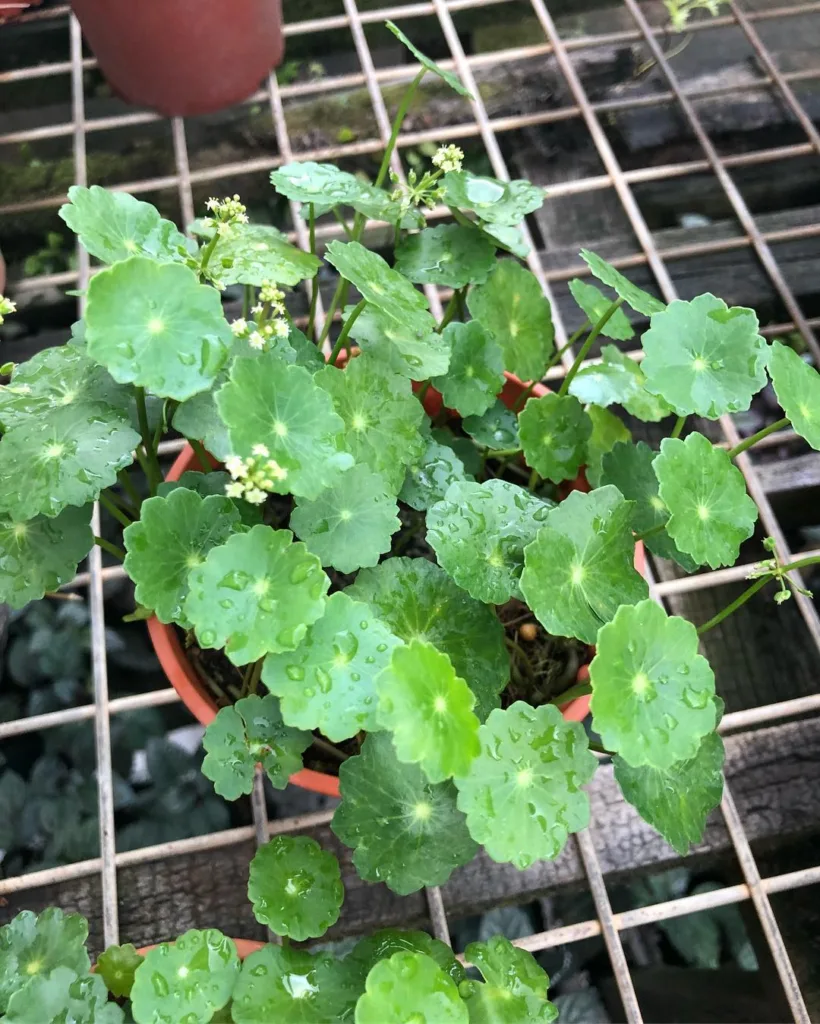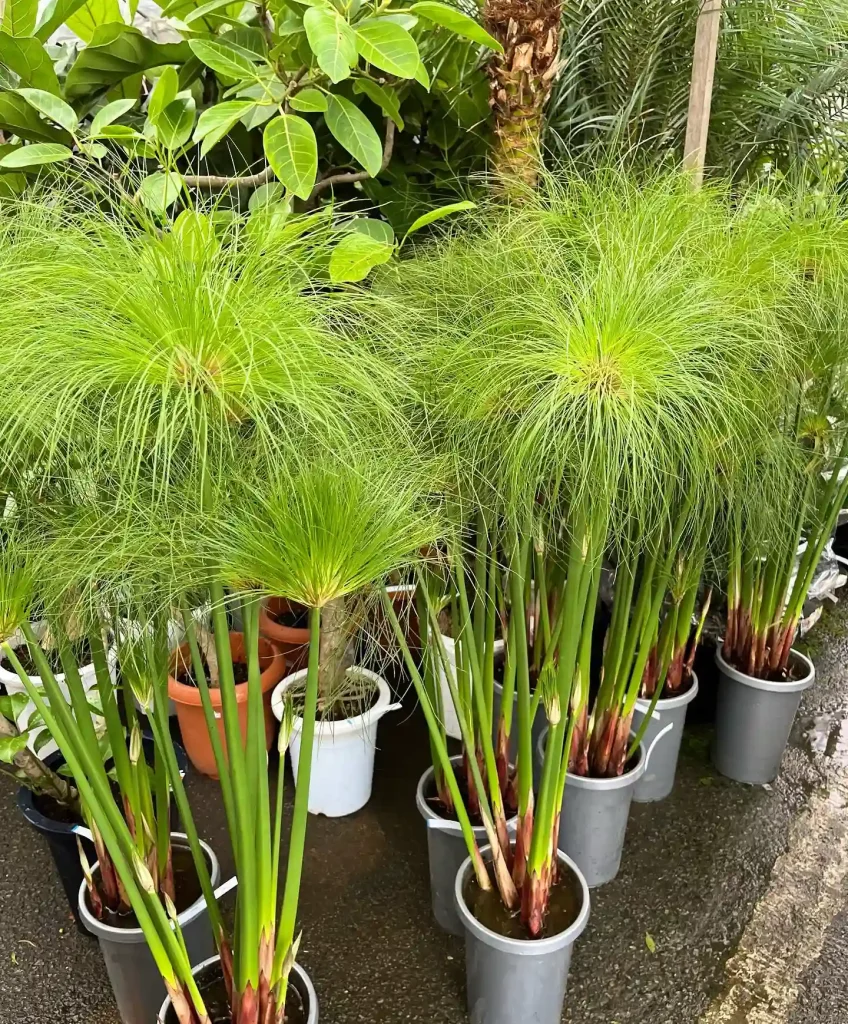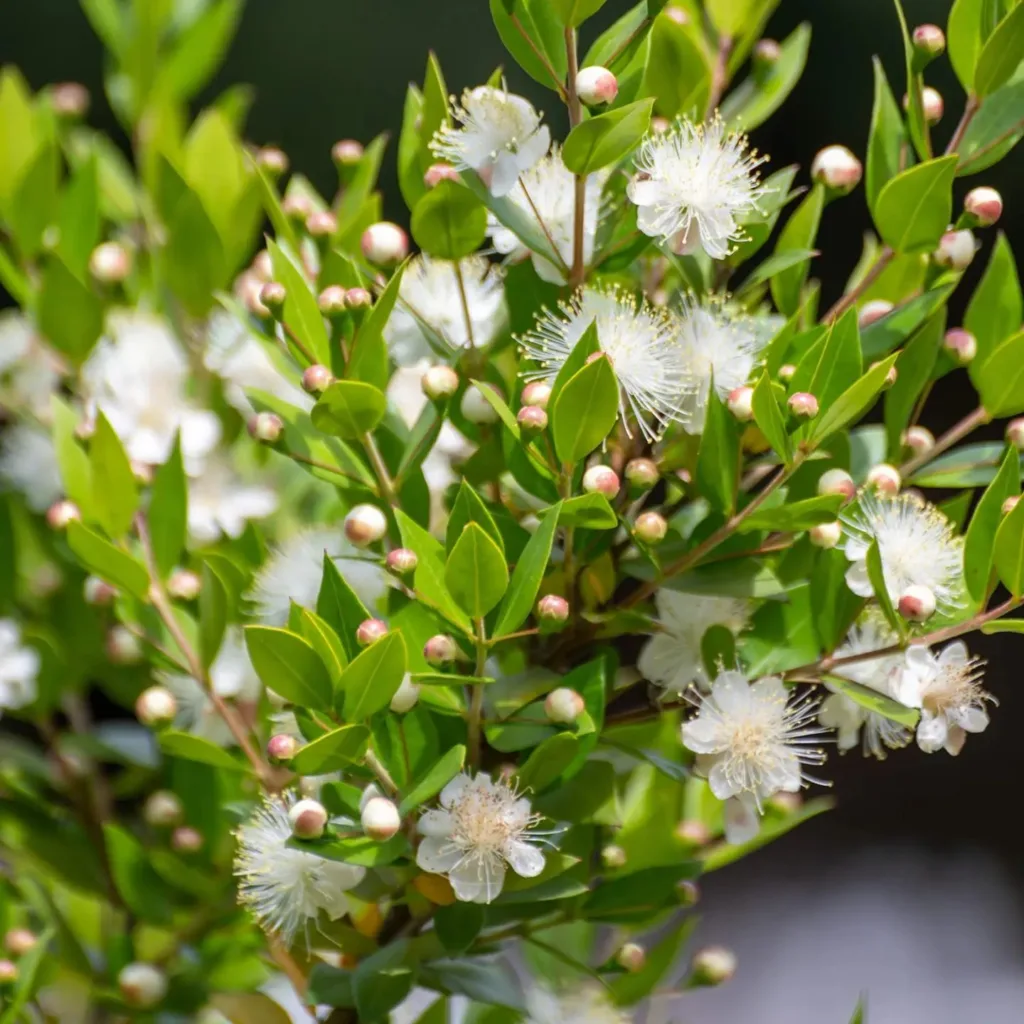FAQs About Crassula Portulacea: A Guide for Enthusiasts
As someone who’s spent a fair amount of time cultivating Crassula Portulacea, or commonly known as the Jade Plant, I’ve fielded a lot of questions from fellow plant enthusiasts. Here’s a comprehensive guide to address some of the most frequently asked questions about this fascinating succulent.
220 Species in Genus Crassula
What is Crassula Portulacea?
Crassula Portulacea, often called the Jade Plant, is a popular succulent native to South Africa. It’s known for its thick, glossy leaves that resemble jade stones, giving it its common name. This plant is prized for its ability to thrive in various conditions and its longevity, often living for decades.
How to Care for Crassula Portulacea?
Caring for Crassula Portulacea is relatively straightforward, making it a great choice for both novice and experienced gardeners.
- Light: Jade Plants prefer bright, indirect light. A south-facing window is ideal. They can tolerate direct sunlight but may need some protection from the harsh midday rays.
- Watering: Overwatering is a common mistake. Allow the soil to dry out between waterings. In the winter months, reduce watering as the plant’s growth slows down.
- Soil: Use a well-draining cactus or succulent mix. A mix designed for succulents will prevent root rot by allowing excess water to drain away quickly.
- Temperature: Jade Plants thrive in temperatures between 60-75°F (15-24°C). They can tolerate cooler temperatures but should be protected from frost.
- Fertilizing: Feed your Jade Plant with a balanced, water-soluble fertilizer every 4-6 weeks during the growing season (spring and summer). Avoid fertilizing in the winter when growth slows.
How to Propagate Crassula Portulacea?
Propagation of Crassula Portulacea can be done through leaf or stem cuttings, and it’s quite rewarding.
- Leaf Cuttings: Gently twist a healthy leaf from the plant, ensuring that you have a clean break. Allow the leaf to dry for a few days until a callous forms. Place it on a well-draining soil mix and water sparingly. Roots should develop in a few weeks.
- Stem Cuttings: Cut a healthy stem with at least a few leaves. Let the cut end dry for a few days. Plant it in a soil mix and water lightly. It should start growing roots within a few weeks.
What to Plant with Crassula Portulacea?
Crassula Portulacea pairs well with other succulents and cacti. Consider planting it alongside:
- Echeveria: These rosette-forming succulents complement the Jade Plant’s glossy leaves.
- Aloe Vera: Its spiky leaves contrast nicely with the rounded, plump leaves of Crassula Portulacea.
- Haworthia: Small, hardy, and unique, Haworthias add variety to your succulent garden.
Is Crassula Portulacea Toxic?
Crassula Portulacea is generally considered non-toxic to humans and pets. However, it’s always best to prevent pets from chewing on plants, as ingestion might lead to mild gastrointestinal upset.
Benefits of Growing Crassula Portulacea
- Low Maintenance: The Jade Plant is an excellent choice for those who want a beautiful plant without a lot of fuss.
- Air Purification: Like many succulents, Crassula Portulacea can help improve indoor air quality by removing toxins.
- Longevity: With proper care, this plant can live for decades, becoming a long-lasting addition to your home.
Common Problems and Solutions
- Overwatering: This is the most common issue. If you notice yellowing leaves or root rot, reduce watering and ensure your pot has proper drainage.
- Leggy Growth: If your Jade Plant is stretching towards the light, it might not be getting enough. Move it to a brighter location to promote more compact growth.
- Pests: Watch out for mealybugs and aphids. Treat infestations with insecticidal soap or neem oil.
Compare with Similar Succulents
- Crassula Ovata vs. Crassula Portulacea: Crassula Ovata is often mistaken for Crassula Portulacea. Both are commonly called Jade Plants, but Crassula Ovata is more robust and has a thicker trunk. Crassula Portulacea usually has smaller leaves and a more delicate appearance.
- Echeveria vs. Crassula Portulacea: While Echeveria and Crassula Portulacea both thrive in similar conditions, Echeveria has a rosette shape and comes in various colors, whereas Crassula Portulacea features a more rounded leaf structure.
- Aloe Vera vs. Crassula Portulacea: Aloe Vera is another popular succulent but differs in leaf structure and care requirements. Aloe Vera prefers slightly different watering needs and is known for its medicinal properties.
In conclusion, Crassula Portulacea is a resilient and charming plant, perfect for adding a touch of green to your space. With its low-maintenance care, aesthetic appeal, and various propagation methods, it’s a great choice for any plant enthusiast. Whether you’re a beginner or a seasoned gardener, understanding the needs of your Jade Plant will help ensure it thrives for many years to come.
If i die, water my plants!



